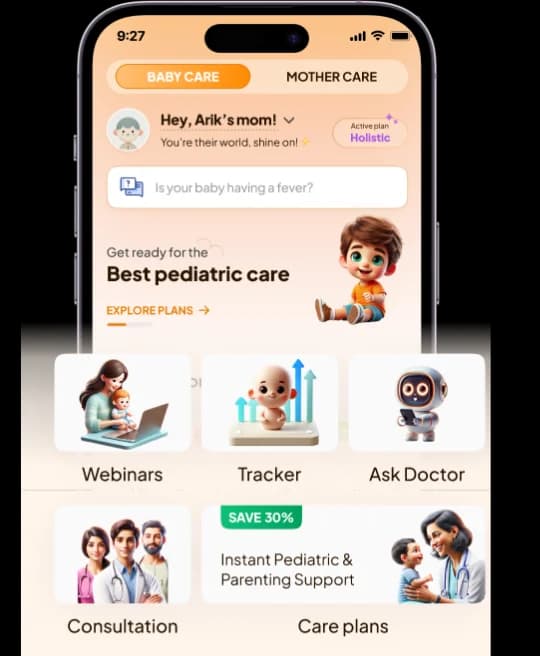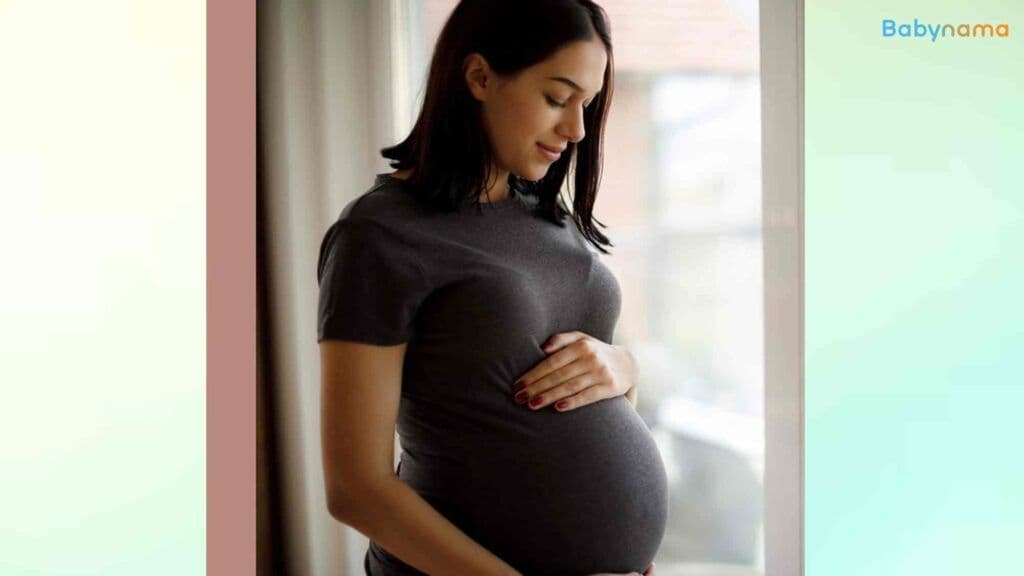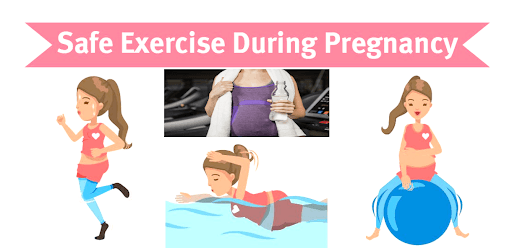
Congratulations on reaching the 32nd week of your pregnancy! You’re now in the final trimester, and it won’t be long before you meet your little one. This is an exciting, emotional, and transformative time. You should be having regular antenatal appointments with your doctor in your third trimester, with an appointment around 32 weeks to check your wellbeing and ensure all is well with baby. Continue reading the blog to learn more -

Pregnancy Developments and symptoms at 32 Weeks Pregnant:
- Breech :
- Breech is used to describe one of the positions your baby can adopt in the uterus during pregnancy. When a baby is in a breech position, they are lying with their bottom down towards or in your pelvis instead of the more common head-down position.
- Breech positions are often picked up by your doctor during routine antenatal appointments, by feeling your tummy. This will then lead to a scan to verify if baby is breech. After this your doctor will discuss with you the options for birth if your baby remains in this position, it will always be your choice in the end, but your doctor will go over the risks, benefits and options with you in detail.
- Braxton Hicks contractions :
- Those “practice contractions” are likely getting more frequent and stronger. (This might be confused with 32 weeks pregnant cramping.) There’s one big difference between Braxton Hicks contractions and the real deal: These guys are painless (they just feel like the uterus is tightening) and go away. Real contractions just keep coming.
- Darker nipples : Those areolas might look darker thanks to hormonal changes. No one knows exactly why, but one theory is they darken so baby can see them better for breastfeeding.
- Swelling : Mild swelling in your feet, ankles, or hands is common. Staying hydrated and elevating your feet can help.
- Heartburn and Indigestion : Your growing belly puts pressure on your stomach, leading to these uncomfortable symptoms.
- Leaky boobs : Your breasts are probably noticeably bigger and they may even have begun producing colostrum, which is the thick yellow fluid that baby will eat in the first few days of life. Don’t be surprised to see a little bit leaking at this point.
- Vaginal discharge :
- The increased discharge is your body’s way of preparing for delivery; it prevents infection down there. Keep your eye out for the mucus plug—this thick, gooey (sometimes bloody) substance covers the cervix until a few days (or just hours) before labor, when your body expels it.
Some of the other symptoms might include :
- sleeping problems
- stretch marks
- swollen and bleeding gums
- pains on the side of your baby bump, caused by your expanding womb
- piles
- headaches
- leg cramps
- feeling hot
- dizziness
- urine infections
- vaginal infections
- darkened skin on your face or brown patches – this is known as chloasma or the "mask of pregnancy"
- greasier, spotty skin
- thicker and shinier hair

Baby Development :
- Your baby now weighs about 1.7 kilograms (3.7 pounds) and measures around 42 centimeters (16.5 inches) from head to heel.
- Brain Development: Your baby’s brain is growing quickly, forming more folds and increasing its complexity.
- Lung Maturation: The lungs are still developing but are getting close to being ready for breathing on their own.
- Kicks and Movements: Your baby is more active and their kicks may feel stronger. The baby is practicing opening their eyes and breathing. You might even notice specific patterns in their sleep or activity.
- Position: Most babies at this stage are moving into the head-down position in preparation for delivery.
- Your baby is also starting to regulate their body temperature and is developing fat under their skin, which will help them stay warm after birth.

32 Weeks Pregnant: What you should be preparing for
You’ve got this—only about eight weeks left to go! No time like the present; here’s what you can do this week to prioritize your health and that of baby’s.
- Smaller is better when it comes to meals : Avoid dreaded heartburn by not filling your plate or going for seconds. Small meals are more manageable for your digestive system if you’ve been dealing with heartburn or acid reflux. Just eat more frequently, about five or six times a day, and continue to avoid foods that are heavy on fat or spiciness.
- Maintain good posture : Hunching over can make it harder to breathe—and who needs that when you’re 32 weeks pregnant? Let your lungs fill with much-needed air by sitting or standing up straight; this can also help relieve any third-trimester aches and pains too.
- Keep your undergarments clean and dry : Yes, this is a good hygiene tip at any time, but especially during pregnancy if you have vaginal discharge. Using a pantiliner or wearing cotton underwear and changing it when needed not only keeps you comfortable, but it may also make it easier to monitor discharge for any signs of color or texture changes that could need medical attention.
- Take a short walk : A little exercise could help if you've been lying down and your Braxton Hicks contractions aren't stopping. If the contractions don't stop, you may need to call your doctor. Try walking for a little while, but don't go too far.
- Diet : Eat foods rich in iron (green leafy veggies, lentils), calcium (dairy products, almonds), and omega-3 (fish, chia seeds). Avoid processed, salty, or sugary foods, as they can worsen swelling and energy crashes.
- Things to Watch :
- Pay attention to your baby’s movements. If you feel a significant decrease, talk to your doctor.
- Look out for signs of preeclampsia like severe swelling, high blood pressure, or headaches.
- A birth ball / pregnancy ball is also a great tool to start using now if you haven’t already – by sitting on a ball instead of an office chair, you’ll be more inclined to sit in an UFO position – Upright, forward leaning and open.
Conclusion
Always consult with healthcare professionals for guidance tailored to your specific needs and circumstances. Enroll in our free lactation webinar to understand more about pain suffered during breastfeeding, possible causes, and solutions for the same.





